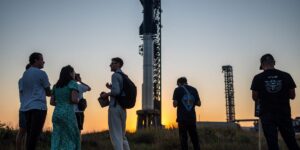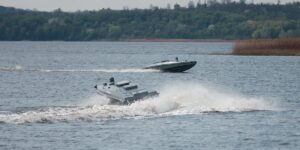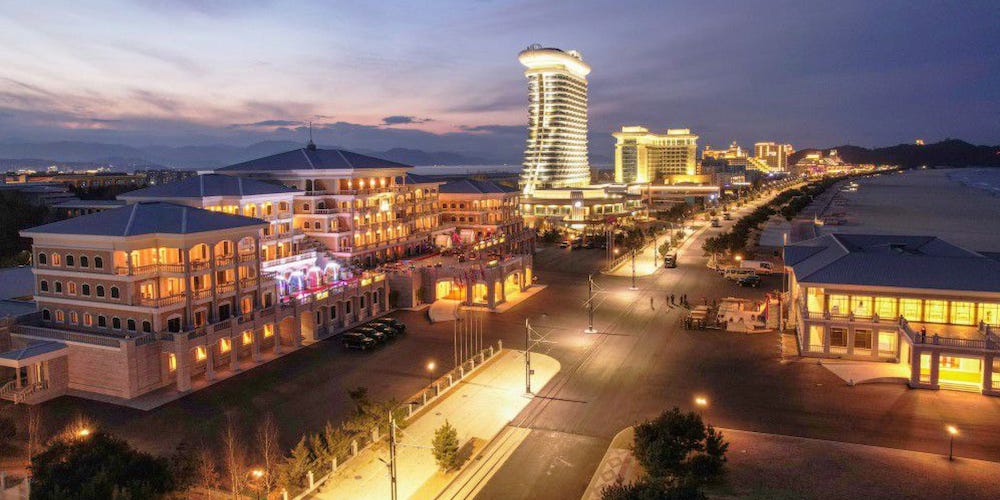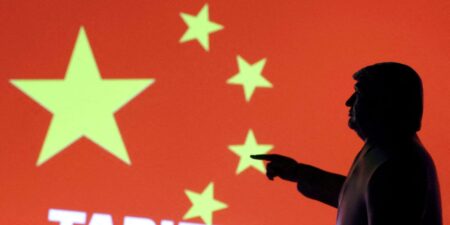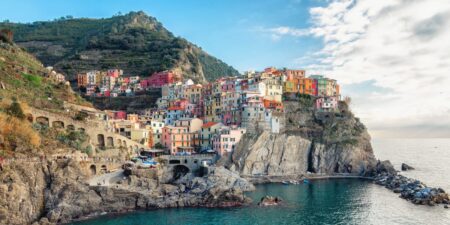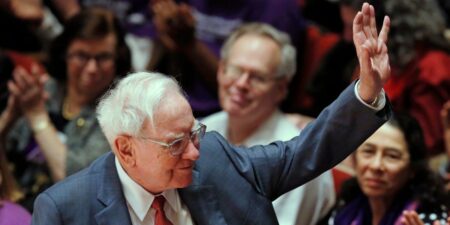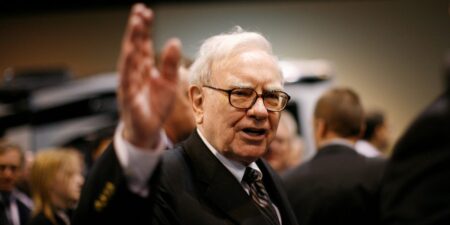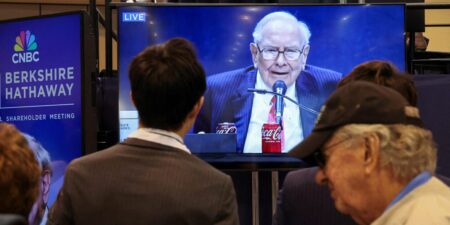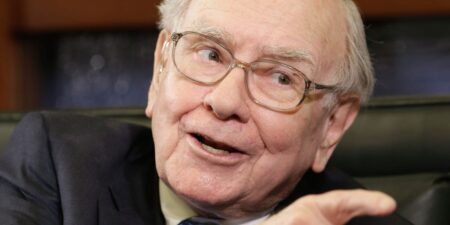Last October, a video of tanned, blond Russians relaxing on a North Korean beach went viral.
That beach is in Wonsan, on the Kalma peninsula — a stretch of North Korea’s eastern coast now home to dozens of hotels and apartments — and is the latest puzzling artifact of Kim Jong Un’s grandiose ambitions.
Reports of the exact scale vary from about 7,000 to 20,000 rooms, which could make the resort — called Wonsan Kalma — one of the largest single-entity-owned beach resorts on the planet.
“This is by far larger than anything else Kim has done” in tourism, Bruce W. Bennett, an expert in North Korean affairs at RAND, told Business Insider.
The dream for Kim: a world-class megatourism project displaying his totalitarian power to the world and at home, and a way to make money.
The question is who, exactly, will flock there.
The North Korean Embassy in London didn’t respond to a detailed request for comment.
A modest tourist trade
The project, first announced in 2014, has been delayed several times. When the first delay was announced in 2019, Kim said that he didn’t want to compromise on quality. Analysts speculated at the time that the delay could be due to import restraints caused by international sanctions.
The project also stalled during the COVID-19 pandemic, but it’s now scheduled to open in June. This means North Korea, which largely sealed off its borders at the start of the pandemic, could soon reopen to international tourism.
The country welcomed a group of tourists in February, before again resealing its borders. Tour operators are watching closely.
Rowan Beard, the cofounder of Young Pioneer Tours, the company that led the recent visit, has not yet seen Wonsan Kalma. He told BI he’s impressed with what he’s heard about it.
“There’s a lot of really cool facilities there, not just built for tourists,” he said. “It’s also built for delegations. So there’s special delegation rooms and presidential suites.”
“It is huge. It’s a city,” he added. “It’s like building the Gold Coast from scratch.”
North Korean state media said in 2014 that the 3,460-acre site would feature an “underwater hotel, flower park, international meeting hall, exhibition and exposition hall,” among hotels, condos, and apartments catering to every budget.
The region is already a popular destination for domestic tourists. Nearby Songdowon has an international children’s camp, and in winter, tourists can visit the Masikryong Ski Resort, about 12 miles away.
State media reports that Kim has praised the region’s beauty, having spent some of his childhood there, and owning a lavish private compound nearby.
“Wonsan is Kim Jong Un’s Mar-a-Lago,” Michael Madden, now founder of the North Korea-watching site NK Leadership Watch, told Reuters in 2015.
Mass tourism, niche interest
Facilities at Wonsan Kalma have appeared and disappeared over the years. South Korea-based SI Analytics has suggested that a mysterious turtle-shaped edifice will become an aquarium. A theater that popped up in 2021 has since been demolished.
In recent weeks, SI Analytics has observed increased flows of oil tankers to the nearby port, suggesting a rush to finish construction.
Beard told BI that his North Korean contacts had been expecting him to bring business there when it opens.
They’re “expecting a high turnout,” he said.
He plans to offer visits, but told his contacts that the level of interest may disappoint: He thinks he can bring about 100 people a year.
The problem is fundamental — Young Pioneer customers tend to be adventure tourists attracted by the company’s edgy tagline: “Destinations your mother would rather you stay away from.”
Experts BI spoke to expressed doubts that the site would have mass appeal for international tourists. It’s a beautiful spot — but as RAND’s Bennett put it: “This isn’t Florida. This is North Korea.”
“It’s not even clear it will make money, given how much they’ve invested,” said Marcus Noland, a North Korea expert and executive vice president of the Peterson Institute for International Economics.
Pyongyang does not make its spending public, but as early as 2019, Kim said that “enormous funds and labor” had gone into the project.
While North Korea’s use of forced labor may have cut costs, projects of similar scale worldwide run into the hundreds of millions of dollars.
The site may segregate North Koreans from international tourists, to keep locals from learning too much about the outside world, experts said.
“Kim has a deathly fear that outside information is going to reach his people,” Bennett said.
That — and North Korea’s lack of experience with hospitality — may make for something of a stilted vacation, Bennett said.
“You’ll be in a bit of a bubble,” Beard added.
The ruble to the rescue?
International tourism is attractive because it brings in cash that largely circumvents international sanctions.
But South Koreans — ostensibly the ideal customers for Wonsan Kalma due to their proximity and spending power — are unlikely to visit due to political tensions.
“The commercial logic is South Korea is your customer base, and the political logic is we have to keep South Korea at arms’ length,” Noland said.
Other likely international visitors could be from Japan, China, and, thanks to their ongoing military cooperation, Russia.
Vostok Intur, a travel agency in Russia’s Vladivostok, began advertising tours to the resort in January. The all-inclusive trips, which start in July, cost about $420 — plus a further payment of $1,400 per person, which is likely Pyongyang’s cut.
Last fall, Russia’s ambassador to North Korea, Alexander Matsegora, praised North Korea’s hospitality after the Wonsan region hosted injured Russian soldiers.
Despite the diplomatic overtures, there’s “a real question” of whether there will be enough Russian interest for a place that big to thrive, Bennett said.
“I don’t see the Russians flocking to Kalma,” Beard said, adding that Russians — like the rest of the world — “want to go to Pattaya in Thailand. They want to go to Goa, in India or they want to go to Dubai.”
There’s also likely a sizeable domestic audience for the site.
The state could offer workers trips there as a reward for exceptional performance, experts said.
Beard believes locals will be excited, thinking: “‘Hey, we’re getting our own Disneyland,'” he said.
The Trump factor
There’s another possible audience for Kim’s tourism drive — President Donald Trump.
Wonsan Kalma is being built against a backdrop of North Korea’s desire to be recognized as a nuclear state.
In 2018, Trump encouraged Pyongyang to develop its “great beaches,” and while North Korea is unlikely to welcome US tourists anytime soon, Trump and Kim speaking the language of real estate to each other could provide some sort of diplomatic stepping stone, Ellen Kim said.
But what if this site fails to impress, like Pyongyang’s Ryugyong Hotel?
The unfinished hotel — dubbed “the hotel of doom” by the outside world for its imposing structure and failure as a project — has never become fully operational. It’s the country’s tallest building, begun under Kim Il Sung, Kim’s grandfather.
“Kim Jong Un has always wanted to show that he was more modern and kind of more ‘with it’ than his father or grandfather,” Noland said.
He may see Wonsan Kalma as his best way to prove that.
“I think he wants to really make it look like North Korea is a big deal,” Bennett said.
Read the full article here





